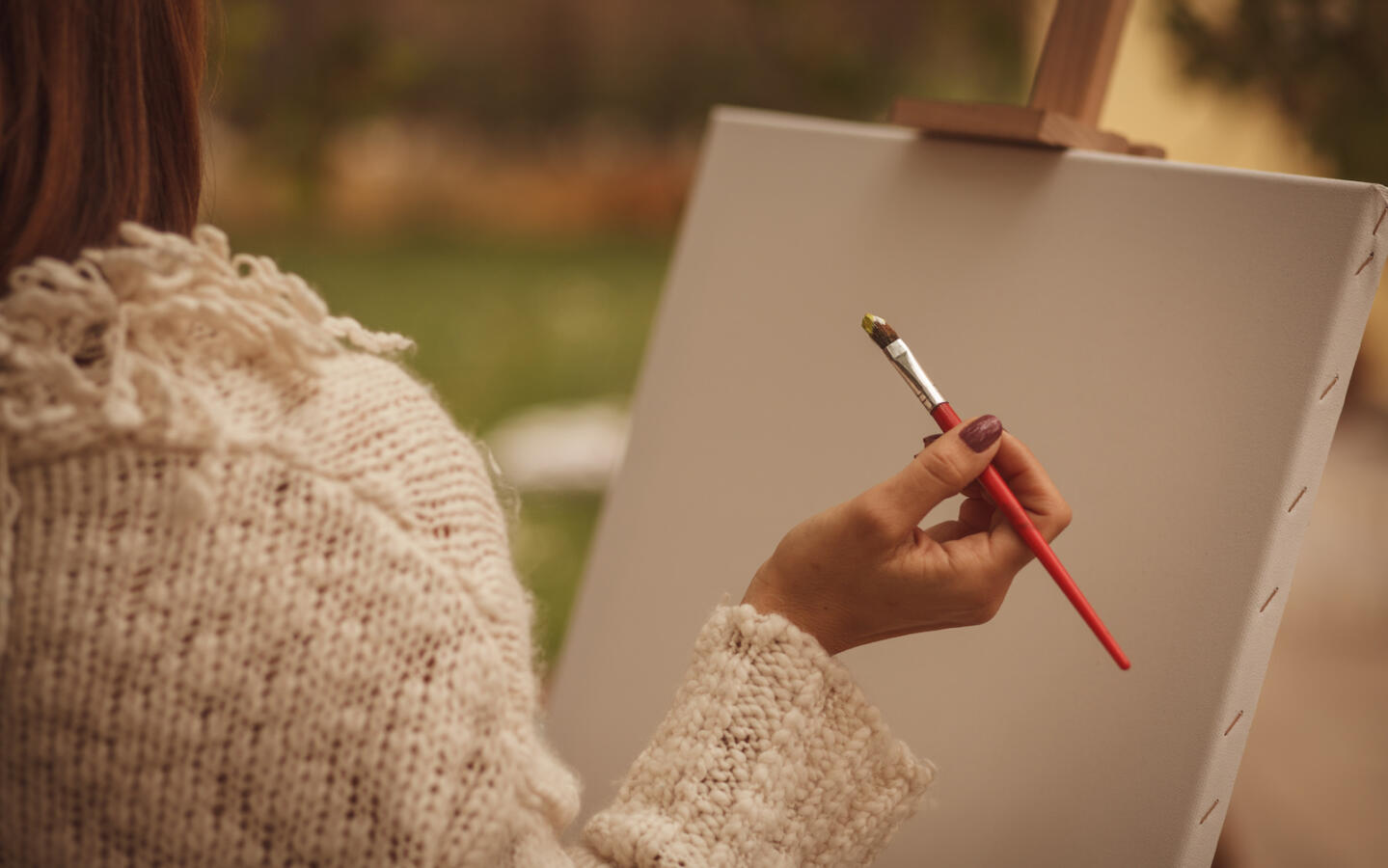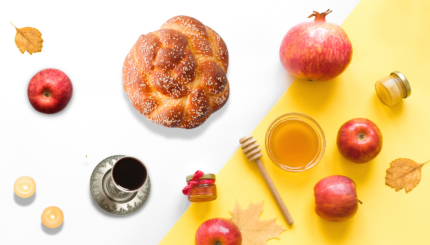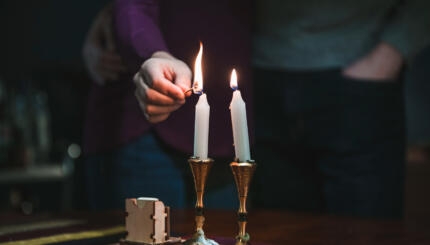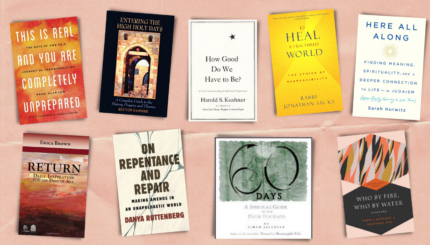Rosh Hashanah, the Jewish New Year, is known by several names. Among other things, it is at once Yom Hazikaron (The Day of Remembrance) and hayom harat olam (the day the world is conceived).
Yom Hazikaron is how we often refer to Rosh Hashanah in our prayers. We ask God to remember us in the coming year, as it says in Psalms: “What is the human that you remember him.” And we remember our own past deeds as we engage in the quintessential act of the High Holiday season, the act of teshuvah, repentance or return.
Yet we also know Rosh Hashanah as hayom harat olam, the day the world is gestating, preparing to be born. Hayom harat olam celebrates Rosh Hashanah as the day God created the world, yet it also proclaims our own ability to create our lives anew in the new year.
In this way, Rosh Hashanah calls on us both to reach back into the past and to step forward into the future — and to activate our creativity as we do both.
With your help, My Jewish Learning can provide endless opportunities for learning, connection and discovery.
The idea of conception is more obvious in its call to creativity. On Rosh Hashanah, we fill our palette with paints and approach a newly blank canvas, open to receive our brushstrokes. What do we seek to create this year? What new versions of ourselves and of our world do we desire to bring forth? Rosh Hashanah is a day for planting seeds and nurturing the promise of new life.
Yet, remembrance is also a powerful form of creativity. To remember is to inhabit the landscape of our past, to see what’s there and to allow it to change. In “Consolations,” the British poet David Whyte writes: “We actually inhabit memory as a place of choice and volition and imagination, a crossroads where our future diverges according to how we interpret, or perhaps more accurately, how we live the story we’ve inherited.” Creativity is not solely about creating that which has never before existed, it is also about reshaping and reforming that which is already there. Memories are not static and fixed. They are alive. And as we engage them, they shift and change. The picture of our lives is made new.
In her book “Pentimento,” Lillian Hellman describes a phenomenon that often occurs when we return to a piece of art we once worked on after much time has passed: “Old paint on a canvas, as it ages, sometimes becomes transparent. When that happens it is possible, in some pictures, to see the original lines: a tree will show through a woman’s dress, a child makes way for a dog, a large boat is no longer on an open sea … The paint has aged and I wanted to see what was there for me once, what is there for me now.”
What the future can be depends on the courage and intention we bring to the act of revisiting our past. This isn’t always a jolly trip down memory lane. Old pain exists, personally and collectively, and to go back into the past can be a treacherous road with danger around each bend. Which is why revisiting the past requires being held in community, by the Divine, by the promise that transformation is possible. Only when we do this often difficult work does Yom Hazikaron yield the promise of hayom harat olam.
On Rosh Hashanah, the gates between heaven and earth part and the boundary between who we have been and who we might yet become is permeable. The process of teshuvah leads us back into our past so that we may consider it anew. The layers of paint accrued on our life’s canvas have faded, and we have a chance to look again on the self, the community, the society, and the religion we have been. We behold all that has been covered up over time. And as we bring our brush back to canvas, we have a chance to re-encounter and rework the images, ideologies and beliefs that lie at the very foundation of who we are.
This is the creative act of memory that Rosh Hashanah calls us to. May we answer that call with love, discernment and a willingness to roll up our sleeves and get to work. In so doing, may we bring forth the world that is waiting to be born.



